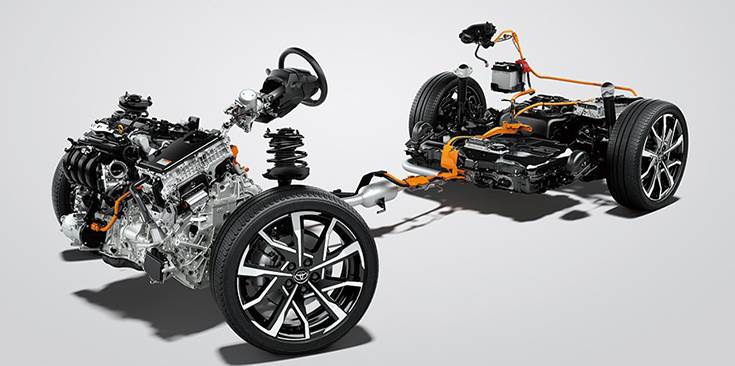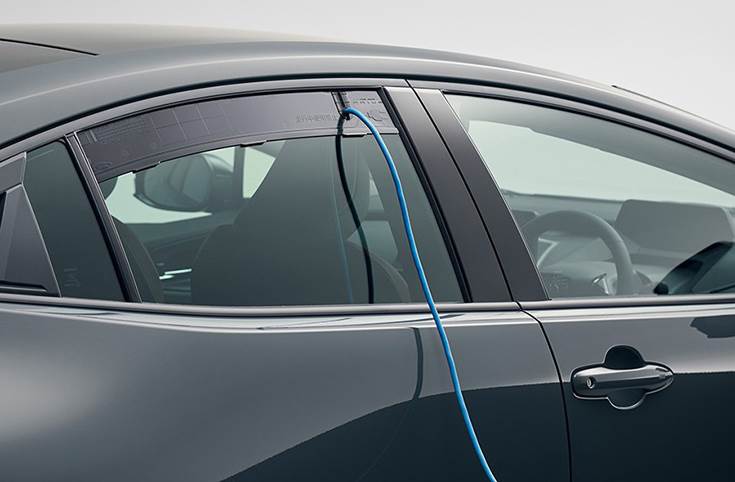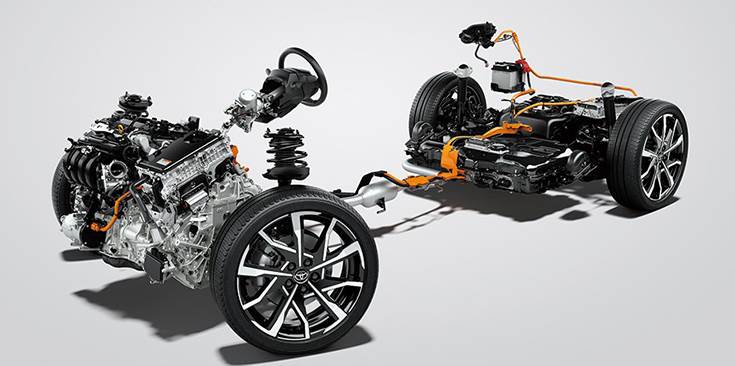A little over three months after Toyota revealed the fifth-generation Prius Hybrid, the company today announced plans to begin sales of Prius Plug-in Hybrid (PHEV) models, offered as the Z grade, on March 15, in Japan.
The new Prius PHEV has been reborn as a high-performance version equipped with the latest plug-in hybrid system, which combines a compact, high-capacity drive battery, high-output drive motor, and high-efficiency petrol engine.
Based on the latest fifth-generation hybrid system, the new Prius PHEV combines a compact, high-capacity drive battery and high-output drive motor in Toyota’s first use of its newly developed 2.0-litre Plug-in Hybrid System.
The new Prius PHEV achieves a high level of dynamic performance with a maximum system output of 164 kW (223 PS) of power. This model also offers a high level of fuel efficiency of 26 kilometres a litre with 19-inch tyres and 30.1kpl with 17-inch tyres. BEV driving distance is 87km with 19-inch tyres and 105km with 17-inch tyres, with the 105km representing an improvement of 75% compared to the previous model.
 The eco-friendly sedan is equipped with Regeneration Boost, which is useful on mountain roads and in other situations that require regular switching between acceleration and braking. When set, this function provides stronger regenerative braking force than normal to deliver responsive driving performance while reducing the frequency of switching between the accelerator and brake pedals.
The eco-friendly sedan is equipped with Regeneration Boost, which is useful on mountain roads and in other situations that require regular switching between acceleration and braking. When set, this function provides stronger regenerative braking force than normal to deliver responsive driving performance while reducing the frequency of switching between the accelerator and brake pedals.
 Power generation and supply
Power generation and supply
As a feature unique to PHEV models, the new Prius PHEV comes with both a BEV external power supply mode, which uses electricity stored in the battery to provide an external power supply for outdoor, leisure, and other activities, and an HEV external power supply mode, which can use the car as a power supply during blackouts, disasters, and other emergencies.
In the HEV external power supply mode, electricity is supplied from the battery only until the remaining power falls to a set level, after which the engine starts to supply electricity. With a full battery charge and full tank of gas, this system can provide enough electricity for about five days of use. It also comes with an external electric power supply attachment as standard so that external power supply is possible with the door windows closed to prevent rain and insects from getting in the car when in use. It is also equipped with a vehicle power connector that can be plugged into the charging inlet of the vehicle for use as an external power socket providing 1,500 W (100 VAC).

Solar charging system
The new Prius PHEV is also equipped with a second-generation solar charging system that efficiently converts solar energy into electricity, providing enough power to drive up to 1,250km per year in BEV mode.
Electric power generated from the solar panel is used to charge the drive battery while parked, with the system not only supplying electricity for driving but for air conditioning and other functions as well. The system also supplies the auxiliary battery system when driving to reduce drive battery consumption.
Produced at its Tsutsumi Plant, Toyota is targeting sales of 450 units a month in Japan.
